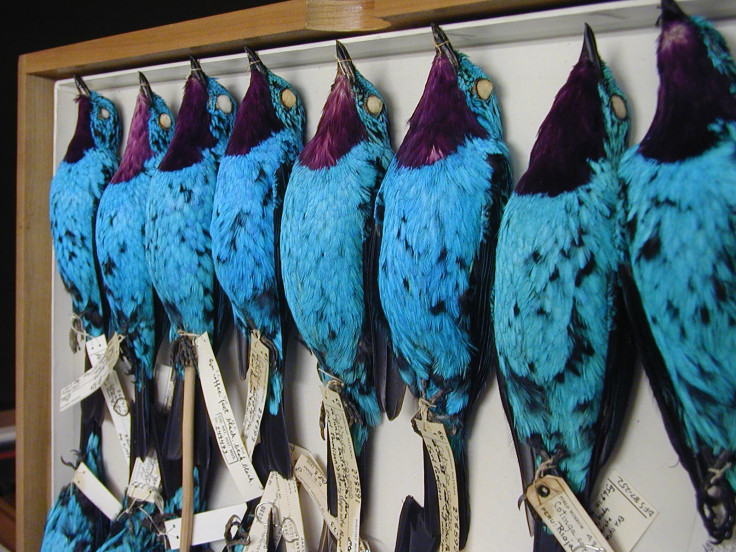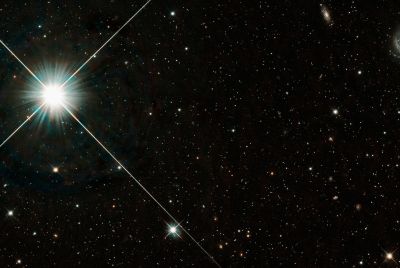Darwin's sexual selection not the full story with colourful female birds

Male birds are generally thought to be the colourful sex when it comes to plumage, with bright features and features needed to attract females – but this is not the case, a study has found.
Researchers at the University of Wisconsin-Milwaukee have found evolution has driven many species to become more similar in colour, with the two sexes coming closer together in appearance over time.
In their study, published in the journal Science Advances, researchers looked at about 1,000 species of birds from six museums, using six birds from each species – three males and three females.
The team analysed each bird colour based on a scale of brightness and hue in order to examine each in relation to both natural and sexual selection.
Findings showed that natural selection was pushing the birds to become closer in colour, while sexual selection tended to put them apart – suggesting the two should be seen on separate axis.
They note that the bright colours of birds are often attributed to sexual selection on males, but their findings show most evolutionary transitions of colour have been towards similar plumage in both sexes.
Colour similarities were associated with natural selection, such as habitat type, whereas differences were to do with sexual selection.
"Debate about the evolution of bird coloration can be resolved by recognising that both natural and sexual selection have been influential, but they have generally acted on two different axes: sexual selection on an axis of sexual differences and natural selection on both sexes for the type of colour," they wrote.

Study author Peter O Dunn told IBTimes UK: "The two lines of selection are really on both sexes as a pair and that's through natural selection, then there's the divergence between the sexes that occurs as well and that's through sexual selection.
"It's not as though natural and sexual selection are entirely separate in terms of what determines the colour, because in both sexes there is probably some sexual selection acting on the colour – for example it might benefit the female to be bright in some tropical species to help defend the territory against other birds including other females.
"That was one of the main points – that sexual selection has been driving the sexes apart, but natural and to some extent sexual is driving the pair as a species towards one particular colour.
"And people haven't looked at that variation. Since the time of Darwin, people have been looking at the differences between the sexes and haven't looked at each sex individually. What's new about our study is that we've measured the colour of each sex individually using a spectrometer.
"Darwin looked at the half of colour variation that is due to males and females differing, but he didn't look at why the two sexes are blue or green or brown or whatever. There's actually more variation along that axis and that's what he missed."
© Copyright IBTimes 2025. All rights reserved.


















